Francis Alys at David Zwirner
Ciudad Juarez Projects is the latest exhibition by the Belgian-born artist Francis Alys to uncover the world of his adopted country of Mexico. Francis is an artist famed for his experimental and socially engaged approach to art making, works that have often involved walking at their centre. For example, he walked the old border between Israel and Palestine, trailing a can of green paint in his wake, to show how much land Israel has claimed over the years. He has recently been engaged making work in the borders and frontiers between places and countries. For his new work at David Zwirner’s London gallery, the artist presents two video works made in Ciudad Juarez, on the Mexican-American border, a town that has been blighted by drug related violence in recent years. Once prosperous, the landscapes of Ciudad Juarez are now full of abandoned and ruined buildings.
In one of the video works Alys kicks a flaming football through the streets of the city at night, only the light of the burning ball illuminating the people and places of Ciudad Juarez, shining a fiery light on the problems of the city that are often left in shadows; prostitution, drug dealing, violence, police indifference. In another video Alys employs children in a game of cops and robbers, using shards of glass to reflect light at each other like shooting guns as they chase each through the obliterated landscapes of the town. It’s an exhibition that in its clash of lightness and darkness, creates something beautiful out of a terrible situation, and by doing so draws us into our complicity with that terrible situation, whilst exploring the role of the artist and art itself in a time of crisis.
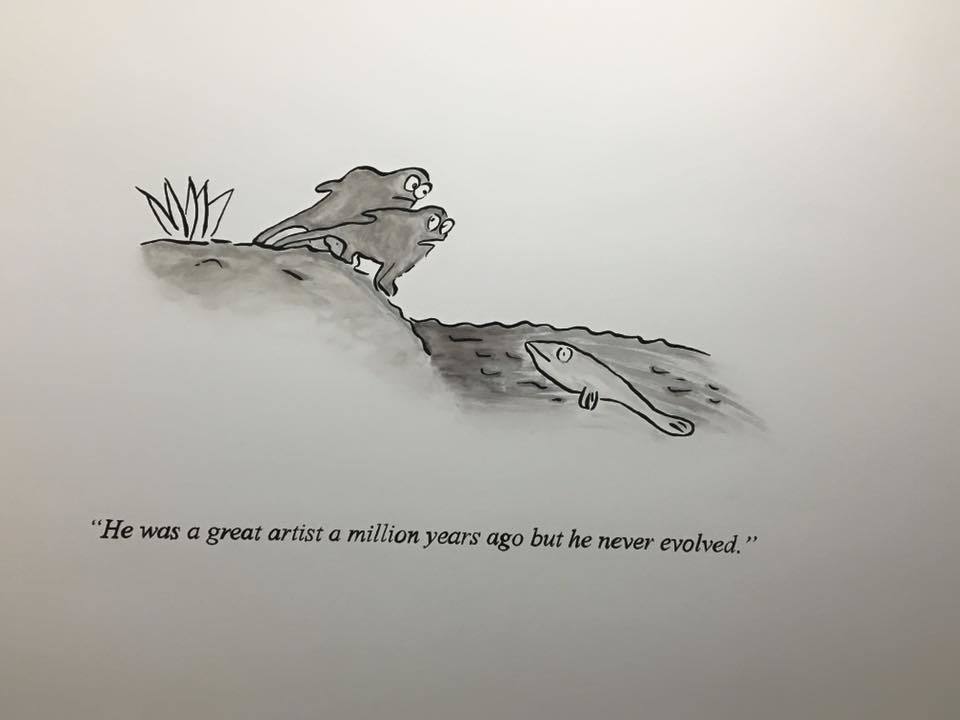
Manifesta 11 in Zurich
Manifesta is a roving, pan-European art biennial, that for each edition, makes a home in a different city. This time it has come to Zurich in Switzerland, a city that has historically been an oasis in Europe during times of turbulence. You can see why it appealed right now, with a plethora of social and political issues leaving the continent in a state of crisis. This edition of Manifesta has been curated by Christian Jankowski and is loosely themed around the idea of “What people do for money”, with each work being the result of a collaboration between an artist and someone practising a profession in the city.
In practice this has resulted in an incredibly diverse world of art in the exhibition. Mike Bouchet has worked with Zurich’s waste disposal plant to create a sculptural pile of, well, shit. Mauricio Catelan has worked with Swiss paralympian Edith Wolf-Hunkele and crafted an optical illusion that allows her to roll her wheelchair across the waters of Lake Zurich. Belgian artist Guillaume Bijl has created a dog grooming parlour inside a gallery. Controversial novelist Michel Houellebecq has allowed his head to be examined by a psychologist. Santiago Sierra has bordered up the entrance to a gallery, bunkering down, preparing for the apocalypse. Art doesn’t often feel this apt.
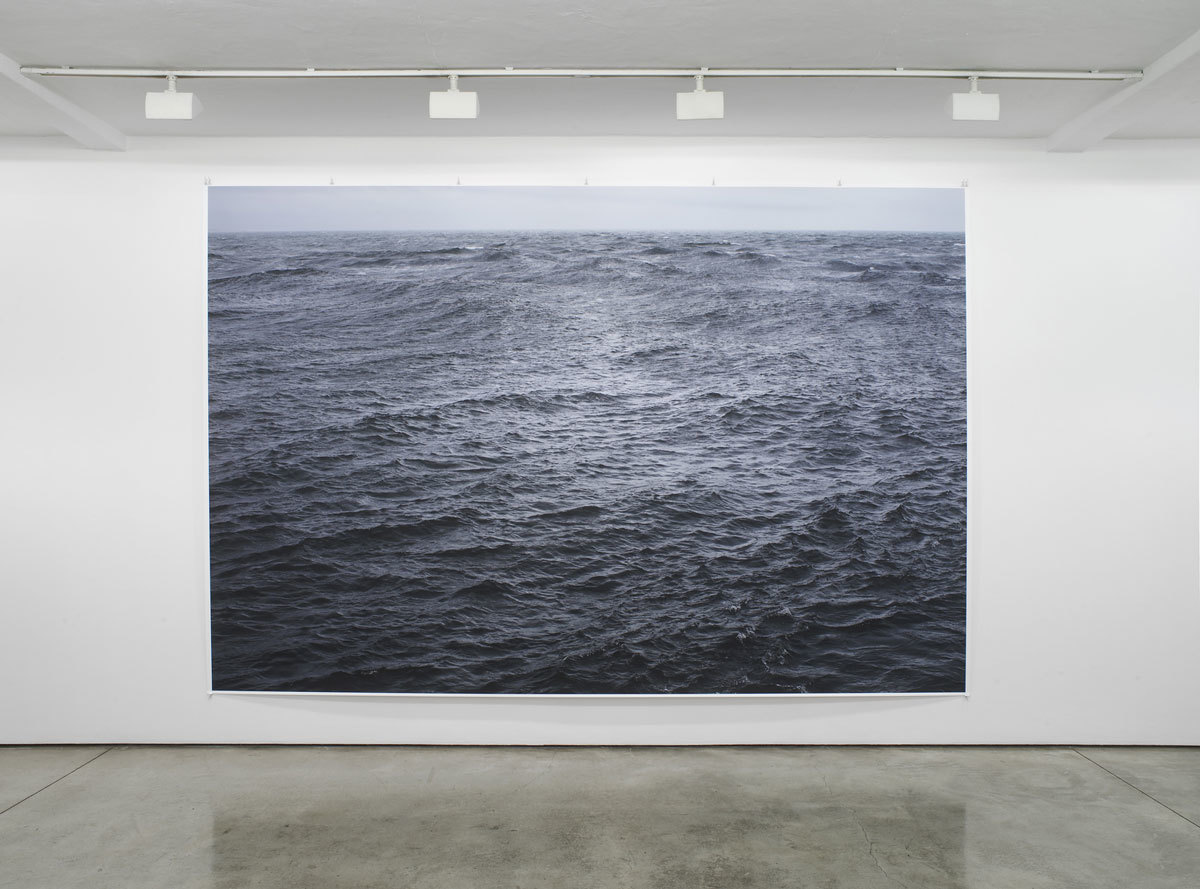
Wolfgang Tillmans at Maureen Paley
Currently leading the anti-Brexit charge with his series of posters and t-shirts that extoll the virtues of Britain staying in EU, his images have captured the mood of the youth campaigning to remain a part of Europe against a slip into revanchist nationalism. The central part of this exhibition at Maureen Paley, the photographer’s eighth at the gallery, is a large, wall size, print titled The State We’re In, a hypnotic, beautiful, absorbing image of the rippling waves of the Atlantic. Focussing on the arbitrariness of borders, he also presents works captured at the Northern and Southern European Observatories, a series of his trademark snapshot images, and an installation, inspired by workshops the photographer did in Iran that compares blank pieces of paper from around the world. With the case being made for Brexit in the right wing tabloids, and fear being spread about refugees and immigration, Wolfgang’s work is a touching reminder that we are all the same at heart.

Judy Blame at ICA
As profiled in our current issue, Judy Blame’s retrospective at the London institution is a timely reminder of the subcultural star, outsider jewellery designer, and fashion icon’s vital place in our cultural landscape. His work has graced the pages of i-D many times, whether as stylist or art director he helped shaped the aesthetic world of the magazine, and more broadly, the fashion landscape we inhabit today.
At the ICA he delves deep into his archive to present a look at a career that spans almost 30 years, a career that has seen him work with fellow fashion icons like Christopher Nemeth, John Galliano, Rifat Ozbek, Ray Petri and Kim Jones, and pop stars Bjork, Boy George, Neneh Cherry and Massive Attack, photographers like Mark Lebon, Jean Baptiste Mondino and Juergen Teller. We could go on. Described as a “montage rather than a chronology” the exhibition will be an archeological excavation of the life and work of one of fashion’s most important revolutionaries.
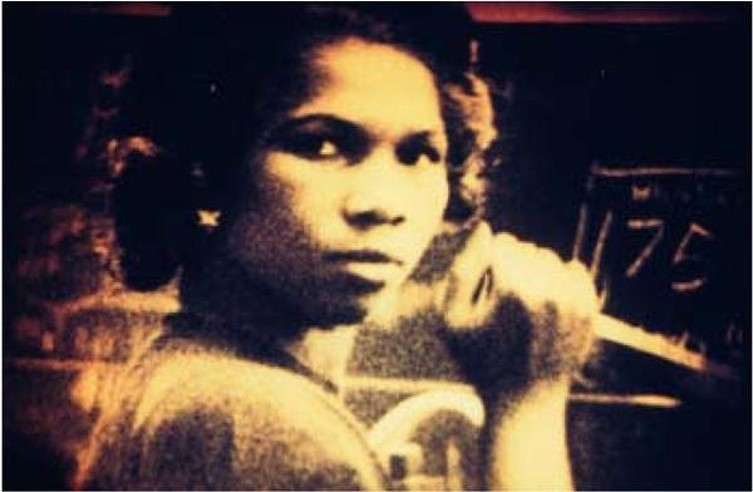
New Perspectives on the 1980s at The Van Abbemuseum Eindhoven
Taking in the countercultural art tribes of the 80s who sprung up around Europe from London, to the Netherlands, Yugoslavia to Turkey and Madrid, exploring the ways the decade was changing us forever. The Van Abbemuseum in Eindhoven is exploring an alternative vision of the 80s, presenting an art world that was socially conscious and politically active in the face of a collapsing old world and the birth of a new neo-liberal one.
From the radical and conscious wave of black British artists who emerged to combat Thatcher’s racist administration in the London, to the Dutch underground who emerged out of the squatting scene and used art as a way of attacking the mainstream by creating new models of art industry. As Europe is going through another transformative moment right now, it’s interesting to look back to the way artists responded to a previous crisis in European culture. Beyond the British and Dutch segments, the exhibition looks beyond the more obvious to uncover the radical undercurrents in places like Turkey, Spain and Yugoslavia, and the way their societies emerged from decades of repression and totalitarian governments to create powerful new creative worlds.
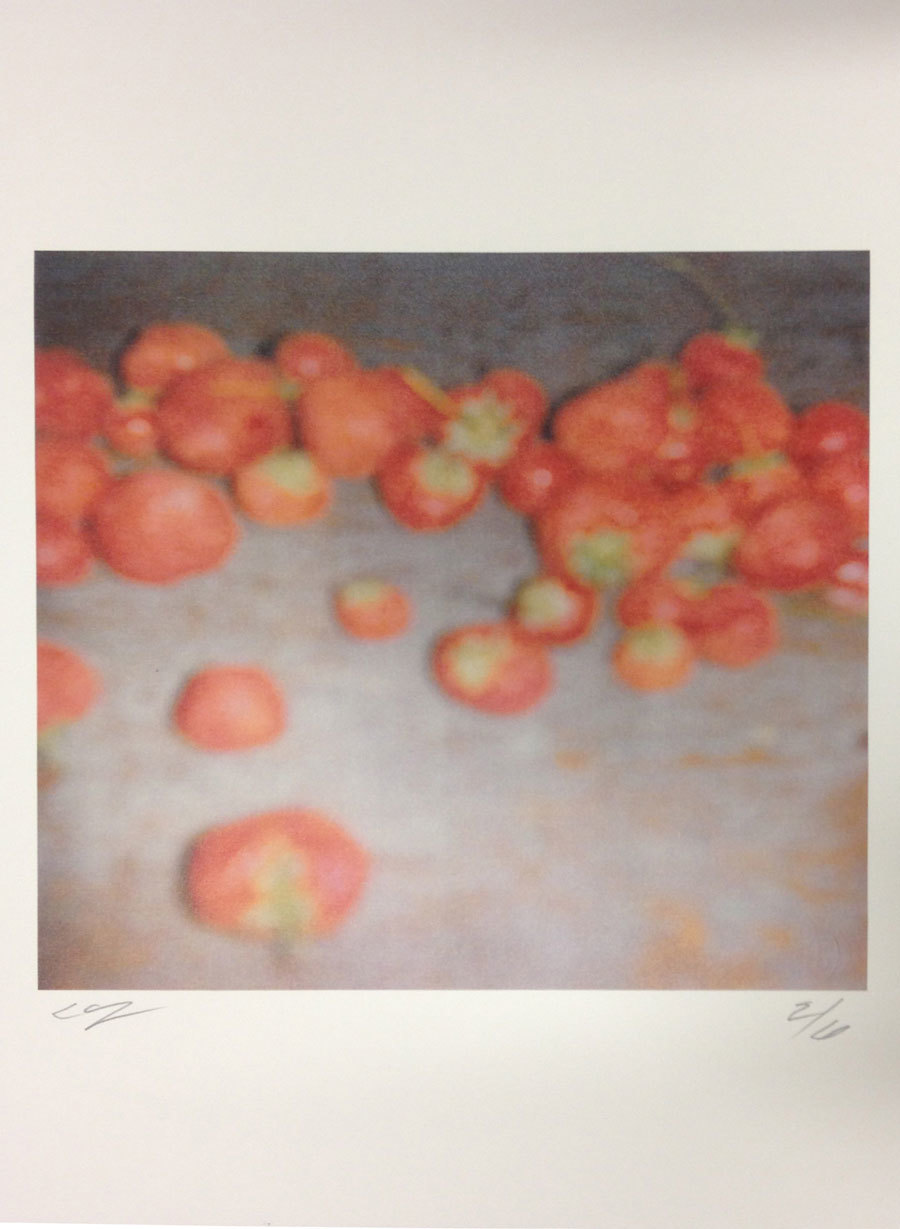
Cy Twombly at MACE Ibiza
If you’re in Ibiza, and fancy doing something cultural instead of crazy, then head to the Museu d’Art Contemporani d’Eivissa, who are displaying Cy Twombly’s photographic works. Famous as a painter, and one of the 20th century’s best at that, Cy also spent his life documenting everything and anything with his trusty polaroid camera. Beginning in the 90s he then began enlarging his polaroids, creating huge and haunting delicate abstractions from still lifes and landscapes.
This exhibition, the first of Cy’s photography work in Spain, brings together 40 photographs of natural subjects—landscapes, tulips, strawberries, lemons—taken in the artist’s adoptive home of Italy between 1985 and his death in 2011.
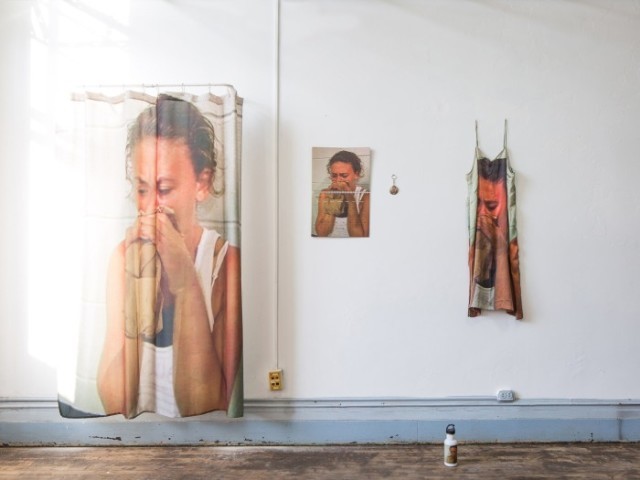
Eva and Franco Mattes at Carroll/Fletcher
Original net art pioneers Eva and Franco Mattes present a new exhibition at London’s Carroll/Fletcher gallery, Abuse Standards Violation, explores the growing global workforce who police the internet, keeping the bad content away from our innocent eyes, and, like much of their work, it examines the politics and ethics of the digital world. The centrepiece of the show is Dark Content an ongoing project concerned with the unseen workers who toil away to keep our social media clean from filth, keeping beheadings, violence, and pornography off of our Instagram feeds, and by extension, the politics of how these anonymous workers edit our browsing experiences, and keep our nipples #hidden. Eva and Franco Mattes here present interviews with those who do the net corporations bidding, but beyond these concerns the exhibition probes into crowd sourced performance pieces and image search prints, where they turn the random results they find from their browsing histories into works of art.
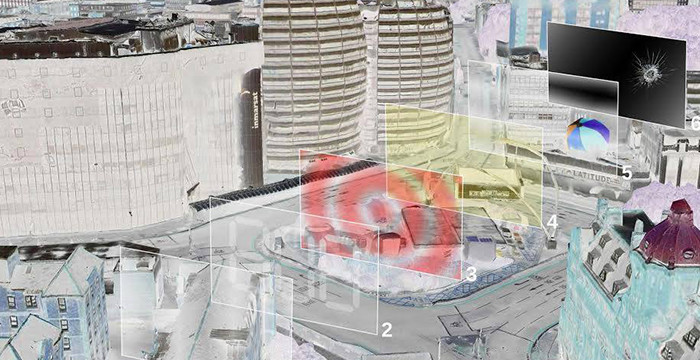
Yuri Pattison at Chisenhale
Irish artist and recent winner of the 2016 Frieze Artist Award is another artist whose work delves into the digital realm to examine the unseen processes that prop up the hyperconnected world we live in. Following on from presenting work with Mother’s Tankstation Gallery at Art Basel Hong Kong, Yuri Pattison is staging his major debut solo show at London’s Chisenhale Gallery in Mile End. For this exhibition, the culmination of a two year residency project, the artist is looking into speculative live/work environments and notions of transparency, both literal and metaphorical, from open architecture and open plan offices to the openness of communication. Working with Hack Space, and amongst the tech start ups of London’s Silicon Roundabout, the exhibition is also engaged with science-fiction narratives and the failures of Utopia. Each of the sculptures in the exhibition is also active, containing data and bitcoin mines, which are jointly networked to present another facet of the exhibition online.
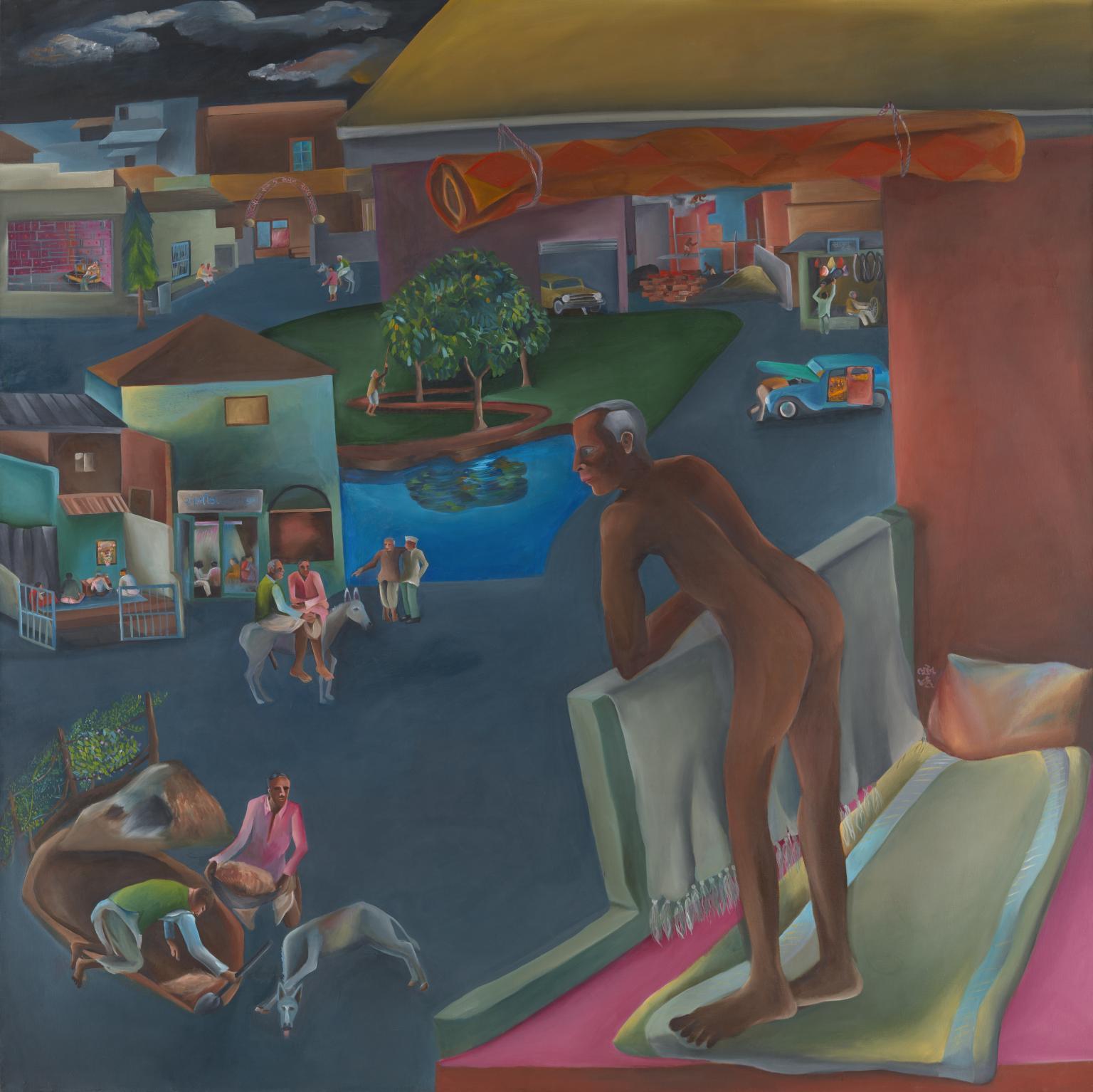
Bhupen Khakhar at Tate
Writing in the Guardian, Jonathan Jones rubbished Bhupen Khakhar’s exhibition at the Tate Modern by describing him as “Beryl Cook of India”, which sounds fantastic really, and which is also exactly why you should go and see it. Bhupen Khakhar is one of India’s most famous, exciting, revolutionary, heartfelt and talented artists, openly homosexual, and openly homosexual in his painting, the self-taught painter creates hallucinatory worlds all of his own. He celebrated the everyday life of everyday Indians, he celebrated Indian folk traditions and fables, crafting them into large-scale dream-like narrative and autobiographical paintings, that pulled together the colourful pop of artists like David Hockney into something darker and more mysterious.
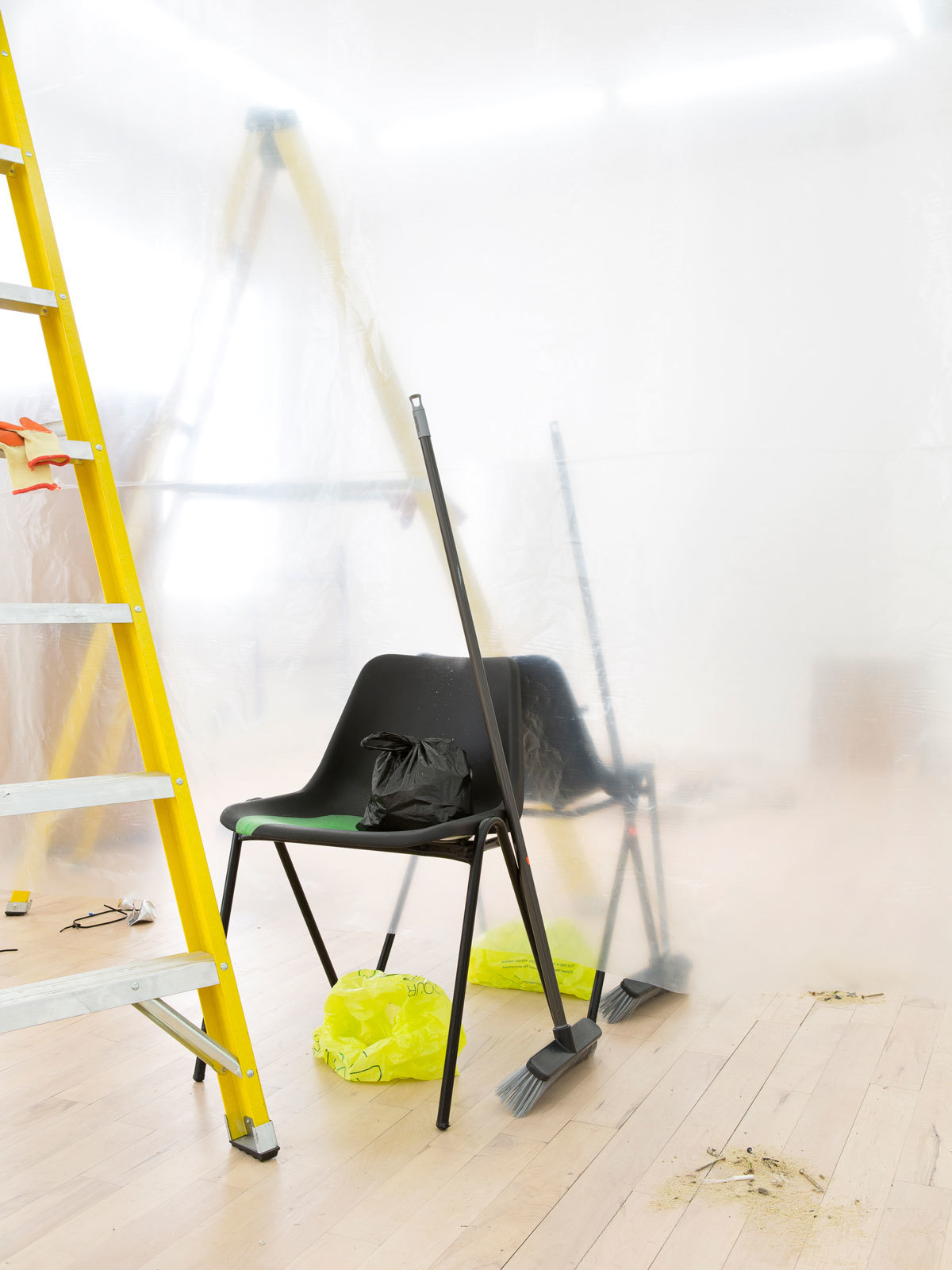
Leo Fitzmaurice at Sunday Painter
Leo Fitzmaurice is a highly inventive almost-sculptor, almost-painter, whose works slips around in between the two disciplines. At Peckham’s The Sunday Painter he presents a masterful Trompe L’Oeil mirrored sculptured of DIY ephemera like ladders, paint sheets, cans, brooms, each half of the exhibition mirroring exactly the other, a dust sheet running through the middle of the gallery splitting each perfectly mirrored side in half. Leo’s art practice is rooted in turning the everyday world into something spatially affecting, altering our relationships with the hum-drum detritus of life by transforming it. It’s beautifully effective and quietly spectacular in an unnerving, dissociative kind of way.
Credits
Text Felix Petty
